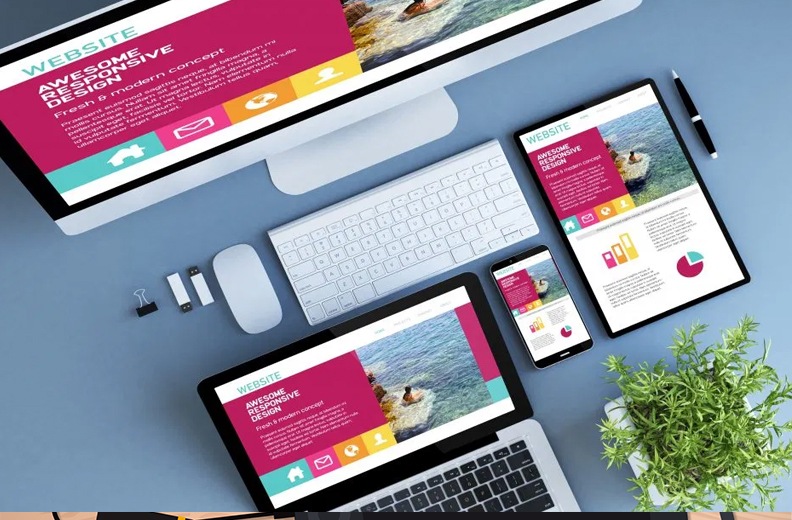- Have any questions?
- (Prasad) +91 96191 46851 | (Parag) +91 99878 20022
- support@pnpwebdesign.com
Demystifying Web Design Cost: Understanding the Investment in Your Digital Presence
Decoding Web Design Prices: Understanding the Cost of Building Your Online Presence
April 25, 2024
Unveiling the Best: Web Design Company in Dubai
April 25, 2024Demystifying Web Design Cost: Understanding the Investment in Your Digital Presence

In today’s digital age, having a professional and visually appealing website is essential for businesses of all sizes. However, many individuals and businesses often wonder about the cost of web design and what factors influence it. In this blog post, we’ll delve into the intricacies of web design cost, exploring the various factors that contribute to it and providing insights to help you make informed decisions about investing in your digital presence.
Understanding Web Design Cost
Web design cost refers to the amount of money required to design and develop a website. The cost can vary significantly depending on several factors, including the complexity of the website, the expertise of the designer or agency, the features and functionality required, and the timeline for completion. By understanding these factors, you can better assess the investment needed to create a website that aligns with your goals and budget.
Factors Influencing Web Design Cost
- Scope of Work: The scope of work refers to the specific requirements and features of the website. A simple brochure-style website with basic information may cost less than a complex e-commerce website with multiple product pages, payment gateways, and advanced functionality.
- Design Complexity: The complexity of the design plays a significant role in determining the cost of web design. Custom-designed websites with unique layouts, graphics, and animations may require more time and expertise, resulting in higher costs compared to pre-made templates or themes.
- Functionality and Features: The functionality and features required for the website also impact the cost. Features such as contact forms, image galleries, social media integration, and content management systems (CMS) can add to the development time and cost.



- Responsive Design: With the increasing use of mobile devices, responsive design has become essential for ensuring a seamless user experience across different screen sizes. Implementing responsive design adds to the complexity and cost of web design but is crucial for reaching a wider audience.
- Content Creation: Content creation, including writing copy, creating images, and producing multimedia content, can also contribute to the overall cost of web design. If you require assistance with content creation, you may need to budget additional funds for professional copywriting and photography services.
Cost Breakdown: What to Expect
When determining the cost of web design, it’s essential to consider both the initial investment and any ongoing costs associated with maintaining and updating the website. Here’s a breakdown of the typical costs involved in web design:
- Design and Development: This includes the cost of designing and developing the website, including graphic design, coding, and testing. Prices can range from a few hundred to several thousand dollars, depending on the complexity of the project.



- Domain Name and Hosting: You’ll also need to purchase a domain name (e.g., www.yourbusiness.com) and pay for web hosting services to make your website accessible online. These costs can vary depending on the provider and the features included in the hosting plan.
- Maintenance and Updates: Once your website is live, you’ll need to budget for ongoing maintenance and updates to keep it secure, up-to-date, and running smoothly. This may include software updates, security patches, and content updates.
- Marketing and Promotion: In addition to the cost of designing and developing the website, you may also need to budget for marketing and promotion to drive traffic to your site and attract potential customers.
Conclusion: Investing in Your Digital Presence – Web design cost
In conclusion, website design cost is influenced by a variety of factors, including the scope of work, design complexity, functionality and features, responsive design, and content creation. By understanding these factors and budgeting accordingly, you can make informed decisions about investing in your digital presence. While the cost of web design may vary depending on your specific needs and requirements, it’s essential to view it as an investment in the long-term success of your business or brand. So, whether you’re launching a new website or redesigning an existing one, consider the value that professional web design can bring to your online presence and the potential return on investment it can generate.





